The Zayandehroud River, originating from the Zard-Kuh subrange of the Zagros in Chaharmahal and Bakhtiari Province, gracefully flows through the heart of Isfahan, painting a mesmerizing picture of nature's beauty. As it begins its journey, the river emerges as a small stream, meandering through rugged terrains and lush green valleys.
Iran (IMNA) - Cascading down the slopes of the majestic Zard-Kuh mountains, the Zayandehroud gains momentum, transforming into a lively river that nourishes the surrounding landscapes. Its crystal-clear waters reflect the golden rays of the sun, creating a captivating sight for those fortunate enough to witness it.
As the river winds its way through the picturesque province of Isfahan, it brings life and vitality to the region.
As the river reaches Isfahan, it becomes an integral part of the city's identity. Numerous bridges, such as the iconic Si-o-se Pol and Khaju Bridge, span the Zayandehroud, connecting different parts of the city and serving as architectural marvels. These bridges not only facilitate movement but also provide vantage points to admire the river's grandeur.
For centuries, the Zayandehroud river had been the lifeblood of Isfahan, weaving its way through the heart of the city, mirroring the vibrant tapestry of its people's lives. Its crystal-clear waters quenched the thirst of the parched earth and breathed life into the flourishing oasis.
But alas, as the relentless grip of drought tightened its hold, the Zayandehroud began to wither away, a mere echo of its former glory. The once mighty river, which once sang melodies of hope and unity, now lay silent, reduced to a mere trickle amidst cracked riverbeds. Its absence cast a melancholic shadow over the city, leaving its inhabitants yearning for the days when the river coursed through their veins.
The mismanagement of water resources hastened the demise of the Zayandehroud, a tragic consequence of shortsightedness and neglect. As demands for water surged, the river became a casualty of human greed and ignorance. Dams and diversions choked its flow, diverting precious water away from its natural course. The delicate balance between nature and civilization was disrupted, and the river paid the ultimate price.
The impact on the people of Isfahan was profound. The loss of the Zayandehroud struck at the very core of their identity, for it was not merely a river but a symbol of their heritage and unity. Families would gather on its banks, sharing laughter and stories, finding solace in its soothing embrace. Artists would draw inspiration from its enchanting beauty, capturing its essence in their masterpieces. And lovers would stroll hand in hand, finding peace in its tranquil presence.
Now, the absence of the Zayandehroud left a void that could not be filled. The once bustling riverbanks were deserted, replaced by desolation and despair. The gardens that once flourished along its shores turned into barren wastelands, their vibrant colors fading away. The songs of birds were replaced by a haunting silence, mourning the loss of their sanctuary.
Yet, amidst the desolation, a glimmer of hope persisted. The people of Isfahan refused to let their beloved river die in vain. They came together, raising their voices in unison, demanding change and accountability. They recognized the urgent need to restore the Zayandehroud to its former glory, to breathe life back into its veins and revive the heart of Isfahan.
Through collective action and renewed commitment to sustainable water management, the people of Isfahan embarked on a journey to heal their wounded river.
The story of the Zayandehroud is a testament to the resilience and determination of a community. It serves as a reminder that even in the face of adversity, hope can prevail. May the Zayandehroud forever flow, reminding us of the power of nature and the importance of responsible stewardship.
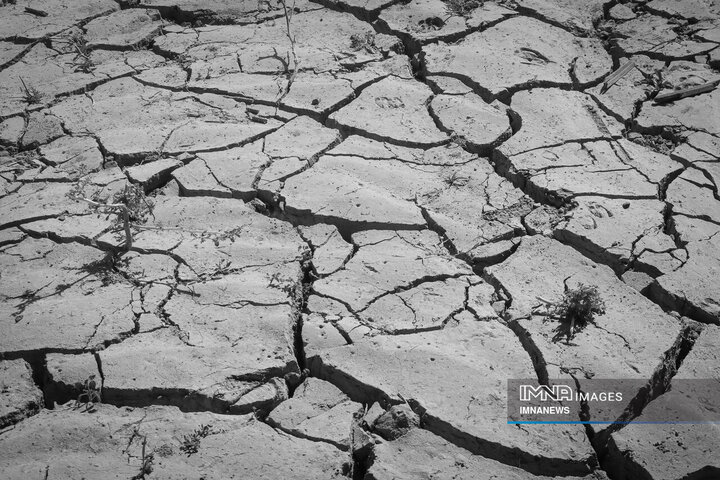
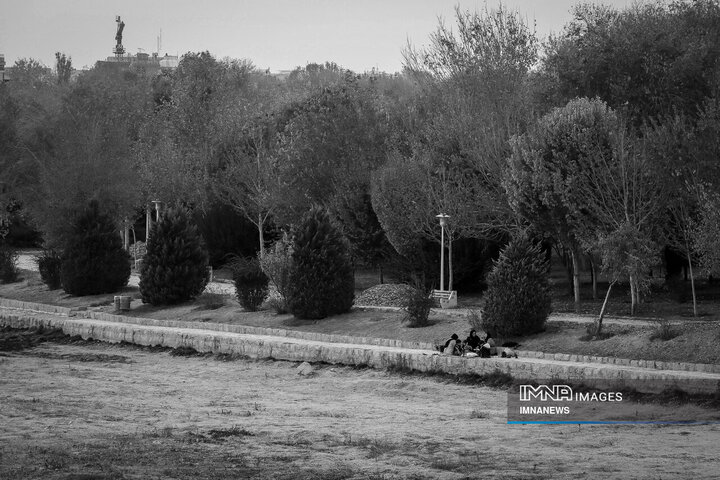
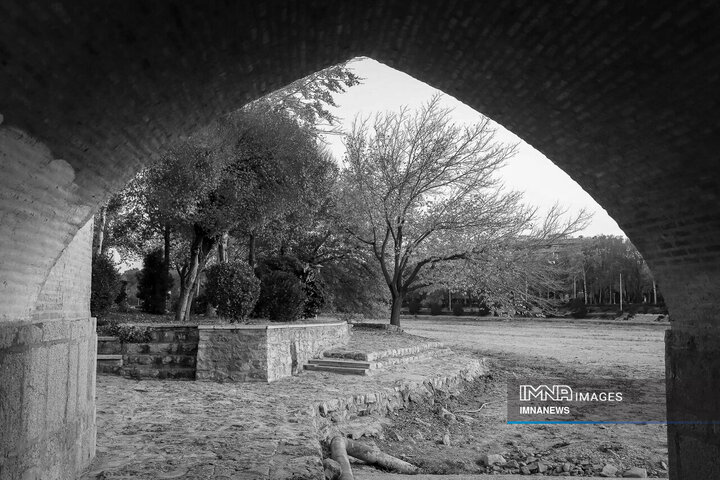
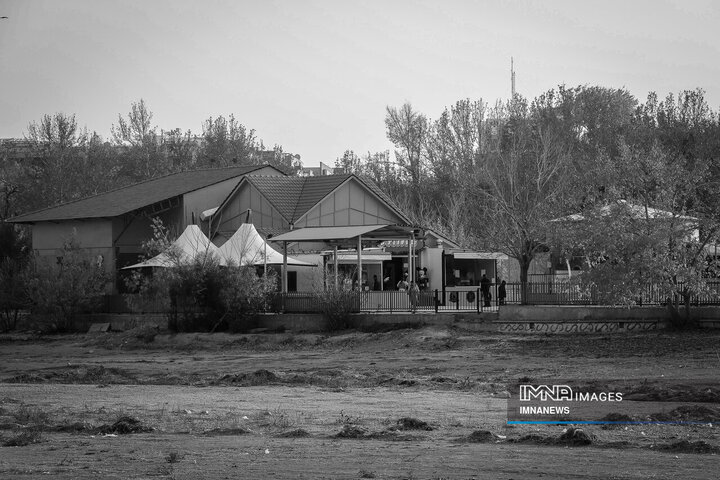
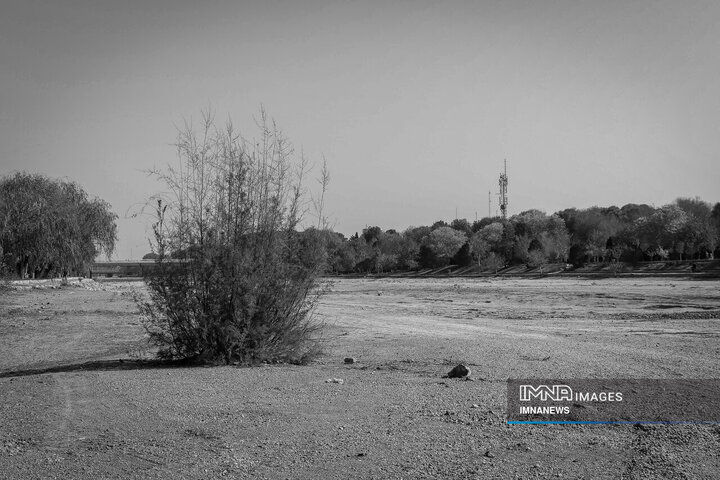
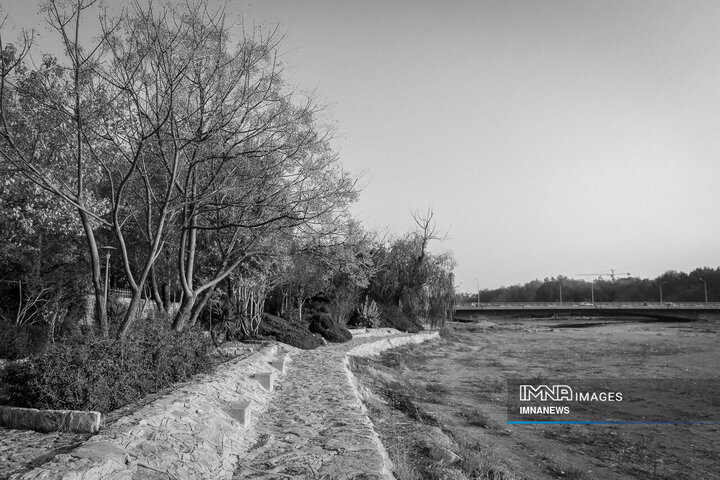
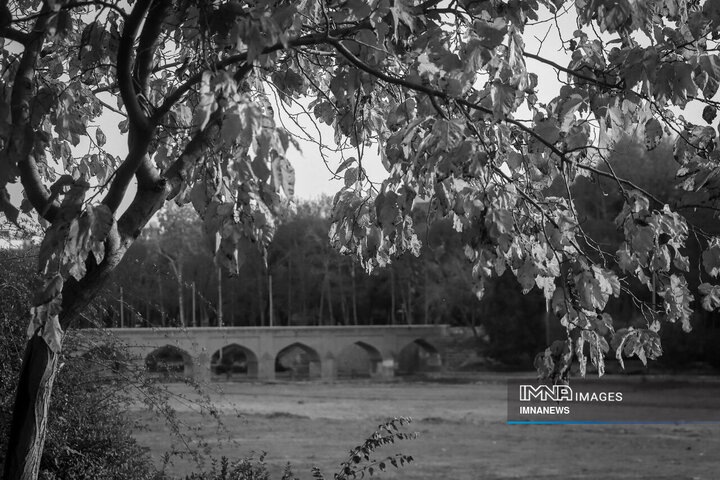


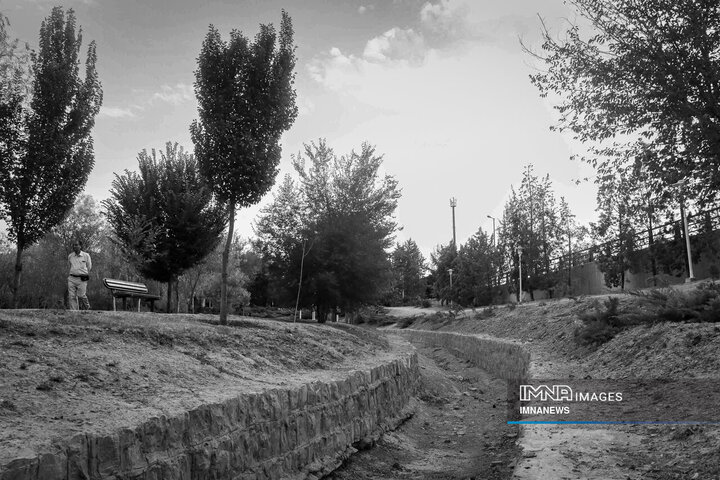
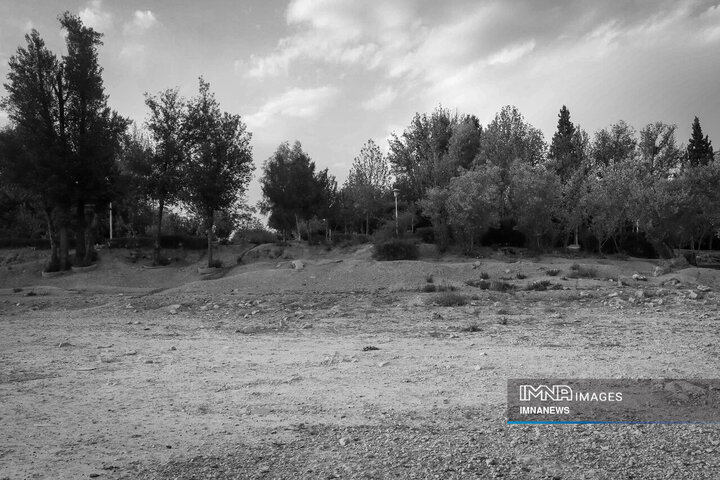
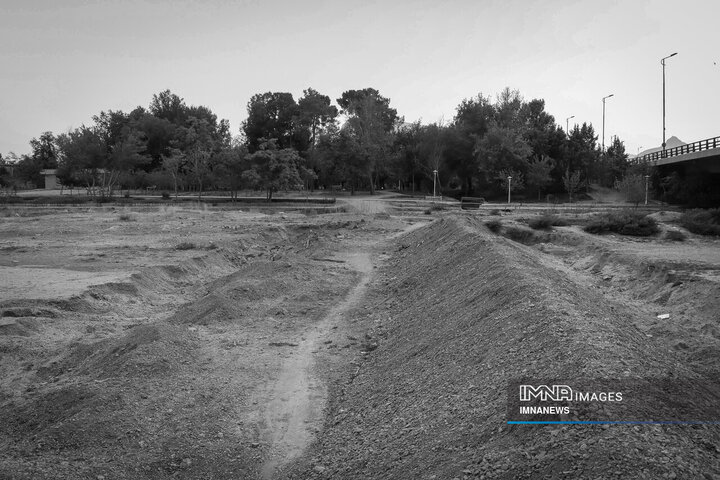
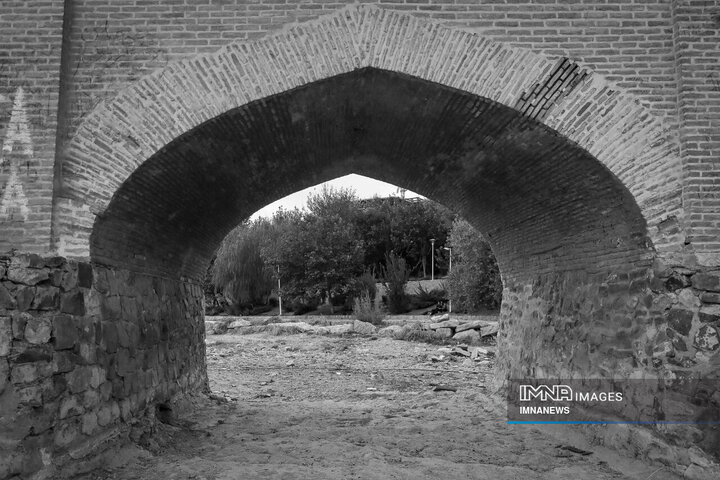
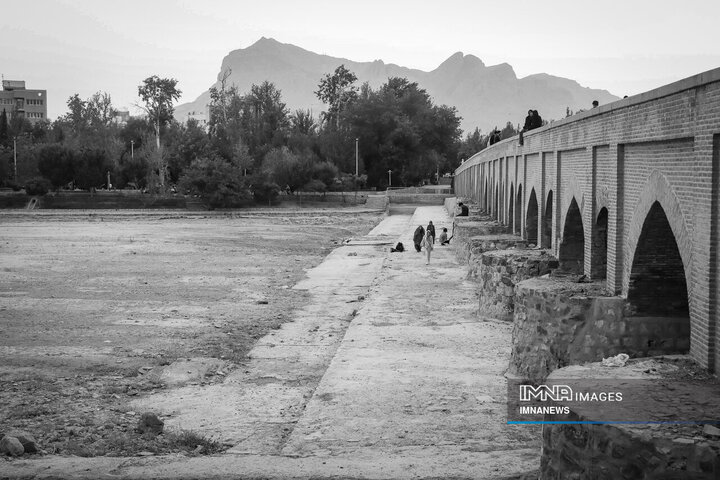
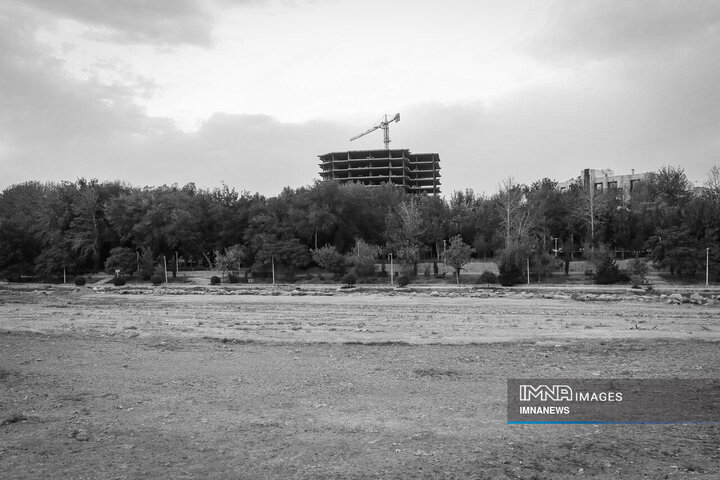
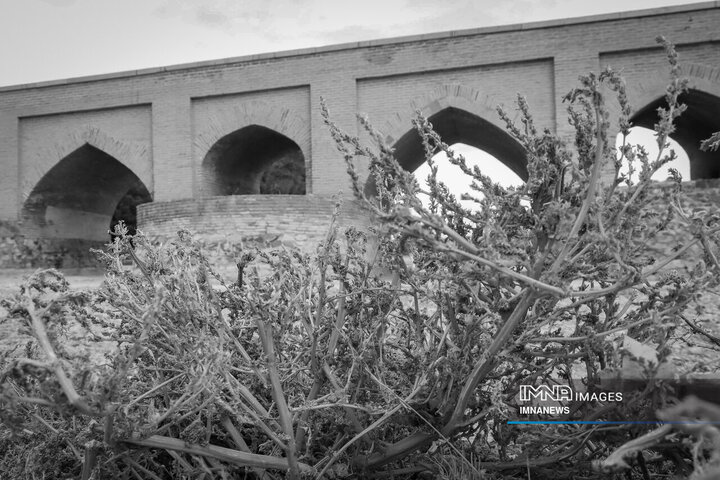
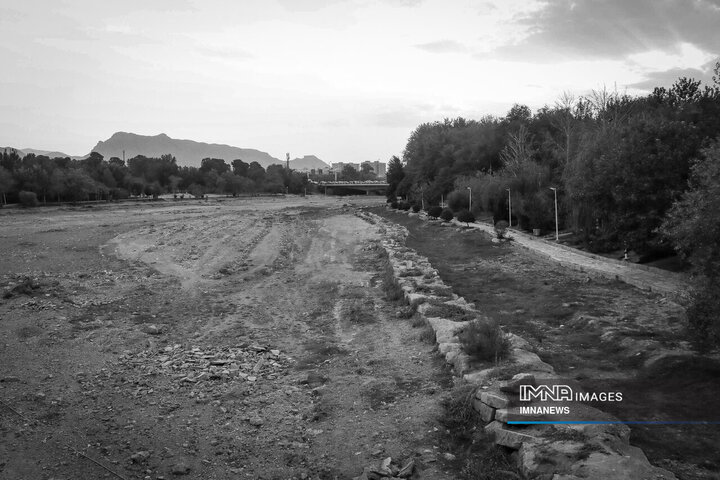
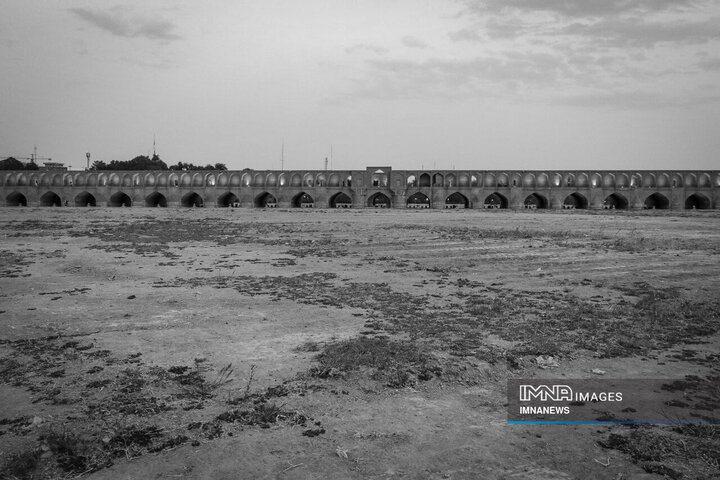

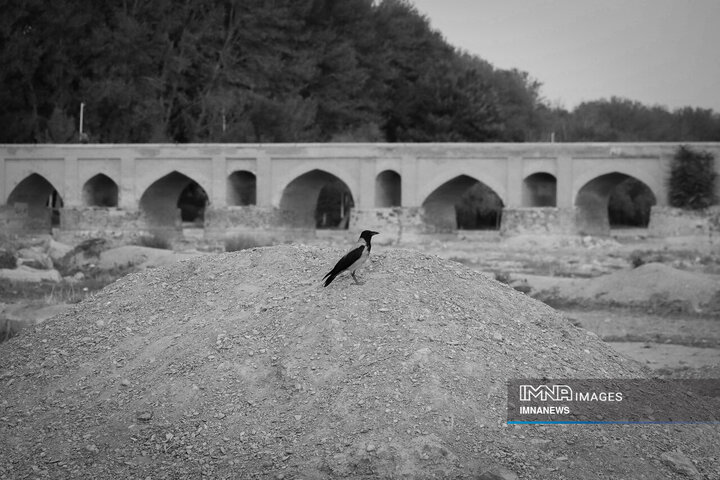
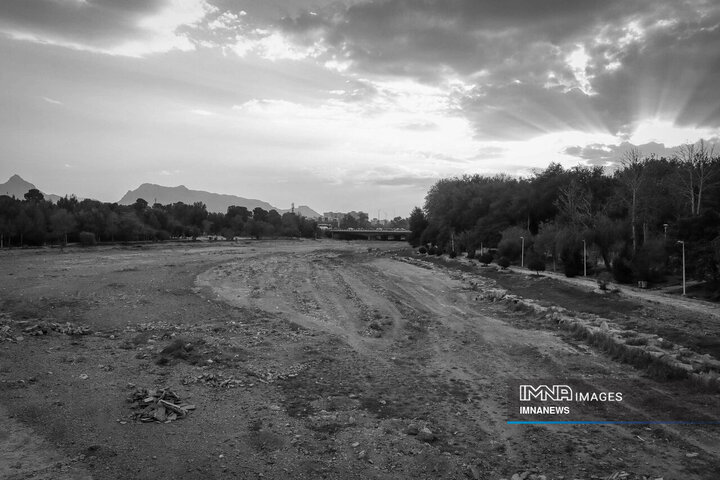
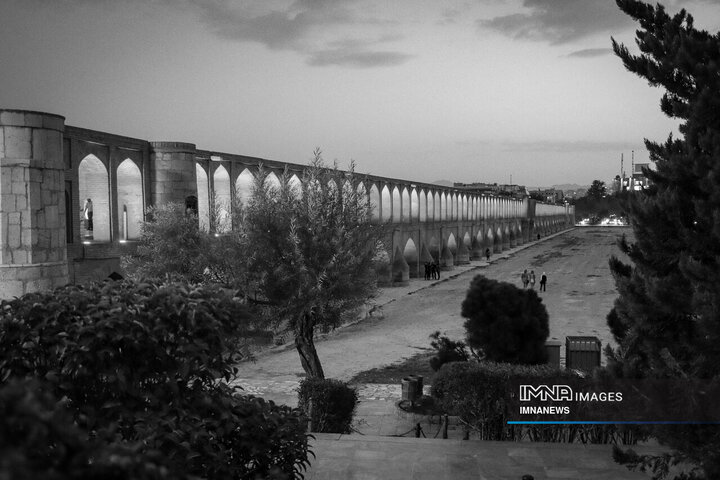
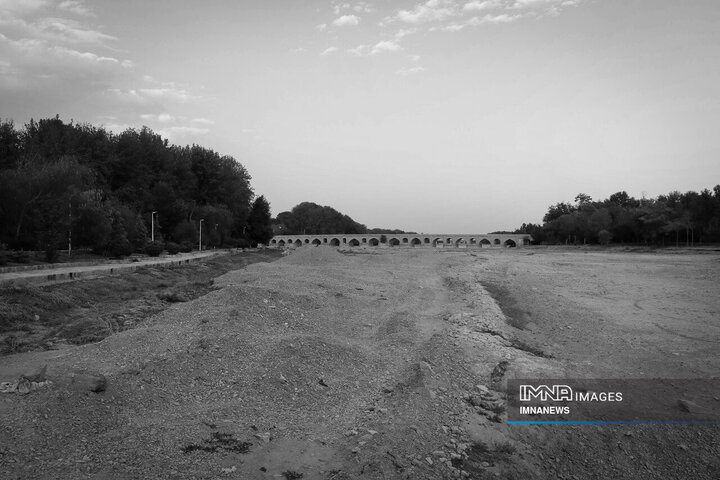
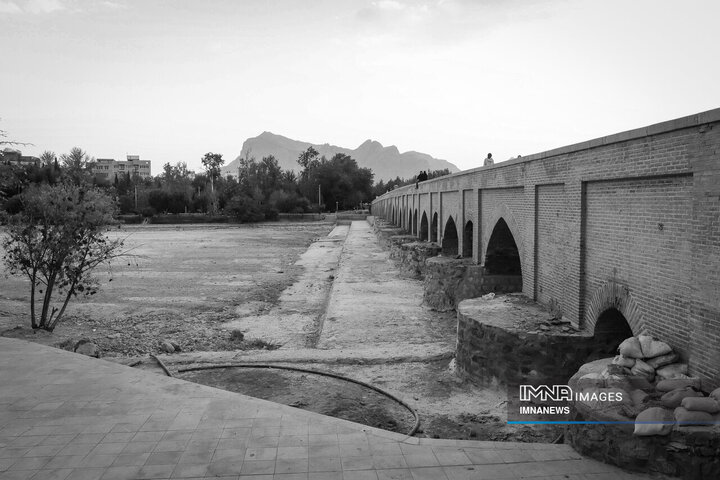
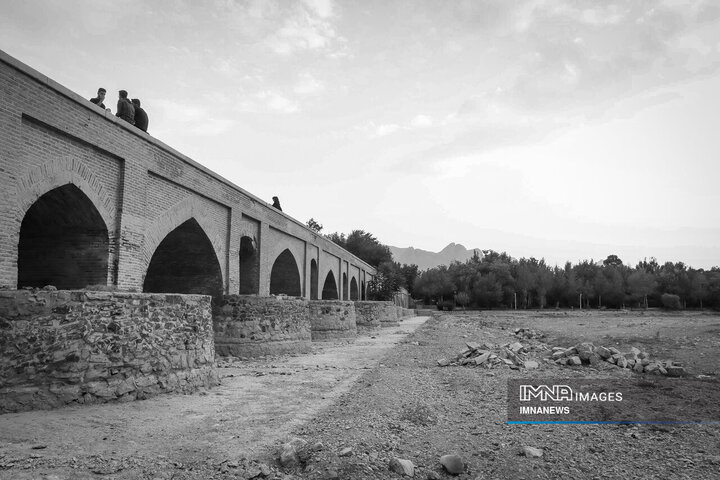
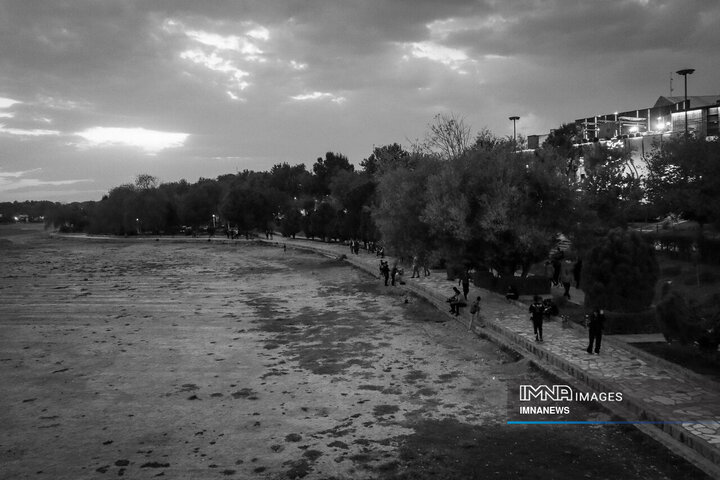
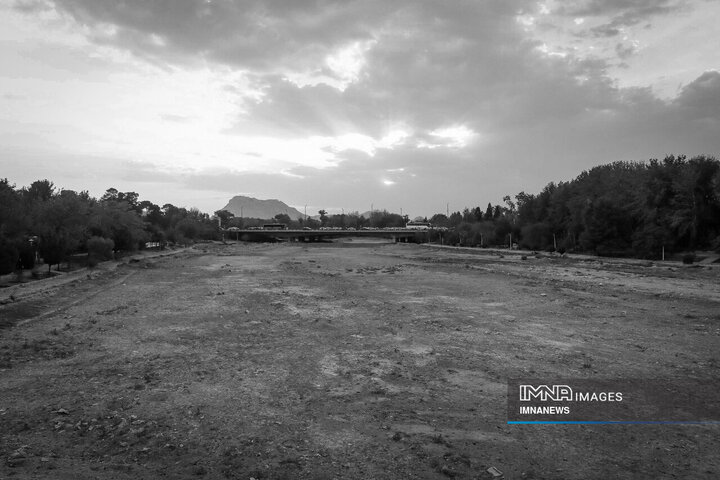
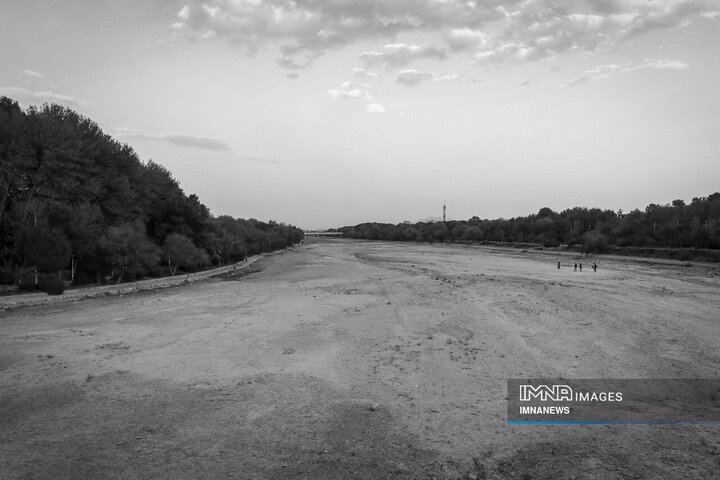
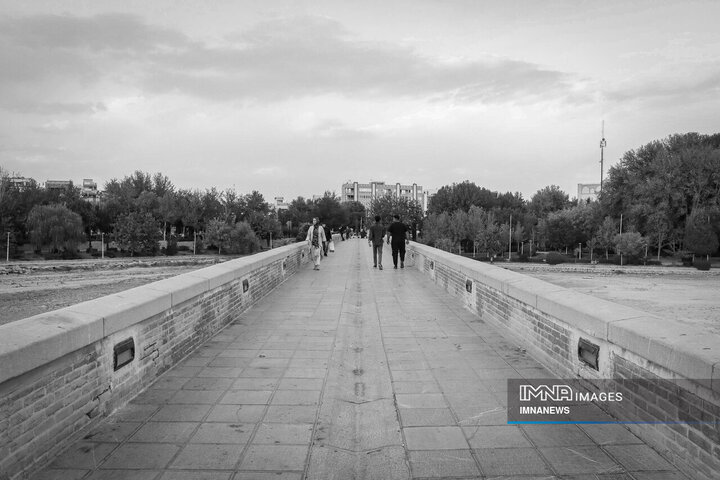
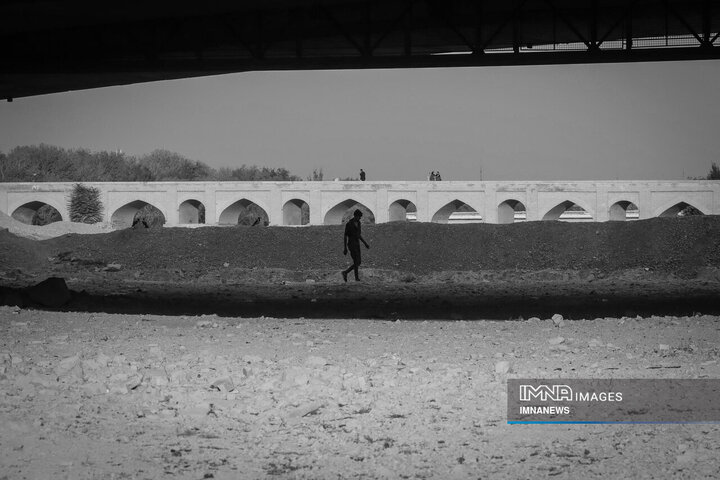
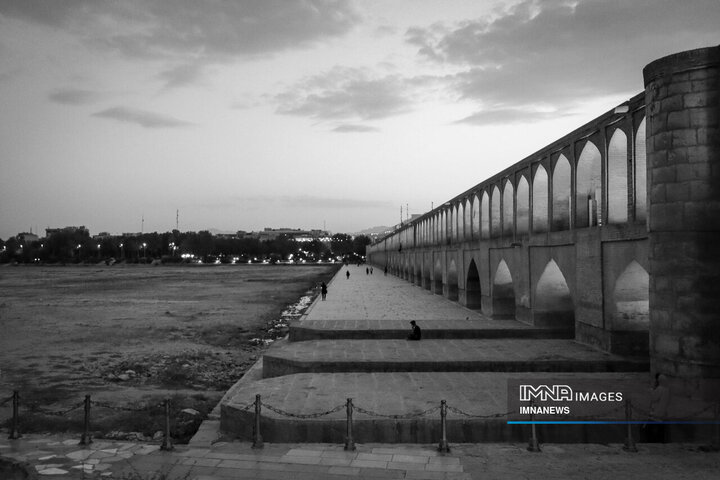
Your Comment